This is the tombstone of Martin J. Schinnerer, located in row 10 of Zion Lutheran Cemetery, Schumm, Van Wert County, Ohio. The marker is inscribed:
Martin J.
Schinnerer
1858-1933
Johann “Martin” Schinnerer was born 14 January 1858, the fourth child born to Pankratius and Anna “Rosina” (Hoffmann/Hofman) Schinnerer. Martin was baptized at home on 17 January 1858 with Martin Schinnerer and Johann Hoffmann and his wife serving as sponsors. Martin’s parents were both German immigrants. He was likely named after his uncle, and sponsor, Martin Schinnerer.
Although Martin was their fourth child, Pankratius and Rosina had lost two children before his birth, Maria Margaretha (1854-1855) and a stillborn child born January 1857. Their second child Margaretha Katharina (1856-1861) died when she was only six years old. Martin was their only child who lived until adulthood.
Martin’s father Pankratius died 8 July 1857. Martin’s mother Rosina was about 3 months pregnant at the time of her husband’s death and Martin was born the following January.
More sadness for the family, when Martin’s older sister Margaretha Katharina Schinnerer died 3 December 1861, at the age of 6. Martin’s three siblings are likely buried in Zion Schumm’s cemetery, but their tombstones are unreadable or did not survive.
Martin’s widowed mother Rosina (1829-1899) married George Geisler on 12 August 1858 and they had 5 children of their own:
Conrad Christian Adam Geisler (1861-1863)
Catharine Friederike Geisler (1863-bef 1913)
Johanne Margarethe Elisabeth Geisler (1865-1868)
Anna Magdalene Geisler (1868-1946), second wife of “River Henry” Schumm
Catharine Elisabeth Geisler (1868-1913)
Martin Schinnerer, as enumerated in a few censuses:
In 1870, with the George Geisler family, in Willshire Township: George Geisler, 44; Rosine, 41; Friederike, 8; Magdalena, 2; Catharine, 2; M Sheimner [Schinnerer], 12; and E Huffman, 13. [1]
Martin’s step-father George Geisler died 16 April 1872. Zion’s records show that hid widow Rosina married Johann Lutz on 21 May 1877 in the church.
In 1880 the John Lutz family, living in Willshire Township: John Lutz, 33; Roseann Lutz, 51; Friederike, 17; Catherine, 12; Magdalena, 12; Martin Schinnerer, 22; Adam Glessing, 30, farm labor [no relationship given], born in Württemberg. [2]
Martin Schinnerer’s mother Rosina died 25 November 1899 and is buried in row 7 of Zion Schumm’s cemetery. [3]
In 1900 Martin was enumerated as a farmer, single, age 42, born in Ohio. Enumerated near him were George Roehm, Andrew Roehm, Fred G. Schinnerer, and Zion Schumm’s minister, Rev. Gottleib Seemeyer. [4]
Martin Schinnerer was enumerated in the 1930 census, age 72, with no occupation given. [5]
Martin Schinnerer died in Willshire Township on 12 August 1933, from pneumonia. He was buried on the 24th with Rev. Karl Hofmann officiating. The church records indicate that Rev. Hofmann was a vacancy pastor. The funeral text was Psalm 71:19-23.
Martin’s death record, as recorded at Zion Schumm, gives his date of birth as 21 January 1858. This is also the date of birth shown on his death certificate. But his baptism record at Zion Schumm indicates he was born in 14 January 1858 and baptized a few days later, on 17 January. Since his baptism record states he was baptized on the 17th, I will go with the 14 January date of birth. The information on that record was recorded closest to his birth and is likely the most accurate.
Martin’s obituary:
WIDELY KNOWN CITIZEN PASSES TO GREAT BEYOND—
The grim reaper has again visited our community and removed one of our best known and highly respected citizens, Mr. M.J. Schinnerer.
Mr. Schinnerer was stricken with apoplexy about four weeks ago from which he never rallied. The end was hastened when pneumonia set in a few days ago and he quietly passed away about 11:30 Monday night.
Mr. Schinnerer had lived his entire life on the farm on which he died and his passing is mourned by a wide circle of relatives and friends who knew his worth and loved and respected him as a neighbor and friend.
Obituary
Martin John Schinnerer, son of John P. and Rosina, nee Hofmann, Schinnerer, was born January 21, 1858, in Willshire township, Van Wert county, Ohio.
Being baptized in infancy he later was instructed in the Lutheran faith and on March 26, 1871, he was confirmed and became a member of Zion’s Lutheran church at Schumm. In this church he retained his membership until his death on August 21, 1933.
He is survived by one half-sister, Mrs. Lena Schumm, of Willshire, and her three sons, Louis F. and Theodore G. of Willshire, and Hermann A. of Wenatchee, Wash.
One full sister who died in infancy and two half-sisters, Friedericka and Catherine, preceded him in death.
Mr. Schinnerer spent his entire life on the same farm where he was born, reared and departed this life at the gar of 75 years and seven months.
This endeth the career of a life-long and loyal citizen of Willshire township whose pleasing personalities will be remembered by all who knew him for many years to com.
Funeral services will be held this (Thursday) afternoon at 2 o’clock at his late home, and 2:30 at the Lutheran church at Schumm. Services will be conducted by Rev. C. E. Hofmann, pastor of the church. Interment will be in the church cemetery.
S.S. Buchanan and Son are the morticians. [6]
Although Martin was the only child of Pankratius and Rosina that survived to adulthood, he never married and the Pankratius Schinnerer line stopped with him.
The four children of Pankratius and Rosina (Hoffmann) Schinnerer:
Maria Margaretha Anna (1854-1855)
Margaretha Katharina (1856-1861)
Stillborn child (1857)
Johann “Martin” (1858-1933), never married
[1] 1870 U.S. Census, Willshire, Van Wert, Ohio, p.435A, dwelling 82, family 83, George Geisler; digital image by subscription, Ancestry.com (https://www.ancestry.com/search/collections/7163/ : viewed 24 Nov 2019).
[2] 1880 U.S. Census, Willshire, Van Wert, Ohio, ED 154, p.443A, family 5, John Lutz; digital image by subscription, Ancestry.com (https://www.ancestry.com/search/collections/6742/ : viewed 24 Nov 2019).
[3] “Tombstone Tuesday—Anna Rosina Geisler,” Karen’s Chatt, www.karenmillerbennett.com, 11 Oct 2011.
[4] 1900 U.S. Census, Willshire, Van Wert, Ohio, ED 97, p.9, dwelling 178, family 192, Martin J Shimerer; digital image by subscription, Ancestry.com (https://www.ancestry.com/search/collections/7602/ : viewed 23 Nov 2019).
[5] 1930 U.S. Census, Willshire, Van Wert, Ohio, ED, p.2A, dwelling 28, family 29, Martin Schinnerer; digital image by subscription, Ancestry.com (https://www.ancestry.com/search/collections/6224/ : viewed 24 Nov 2019).
[6] “Widely Known Citizen Passes to Great Beyond,” The Willshire Herald, Willshire, Ohio, 24 Aug 1933, p.1.

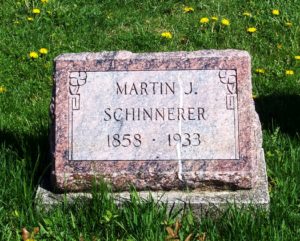

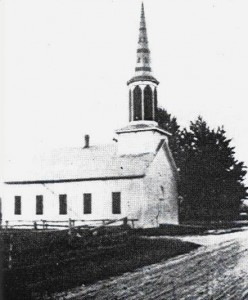
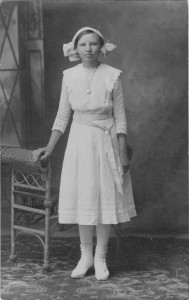

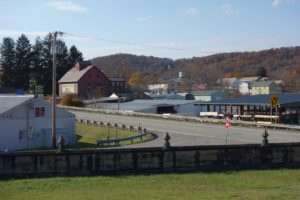
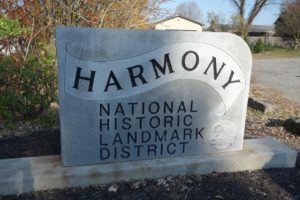
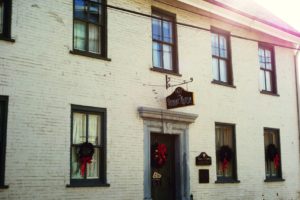
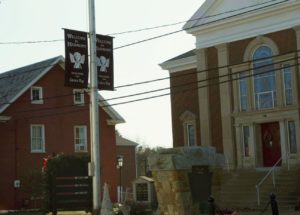

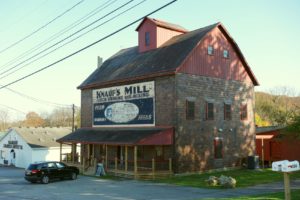
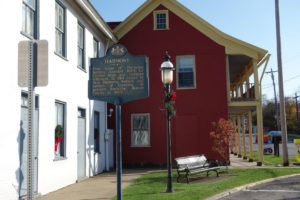
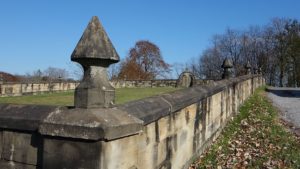

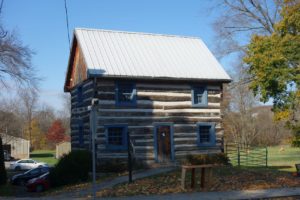
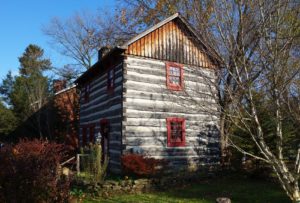
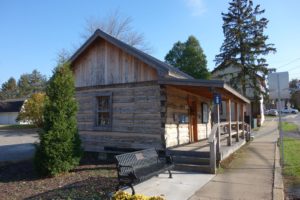
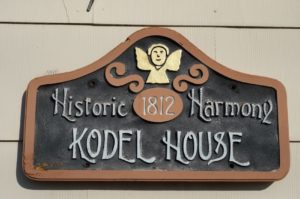
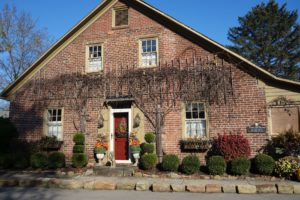
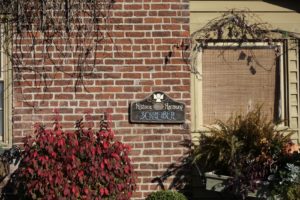
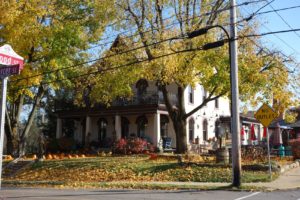
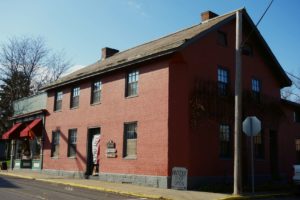
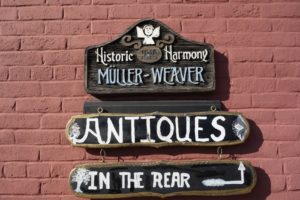
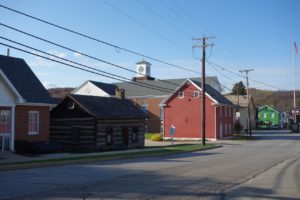
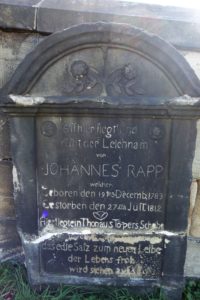
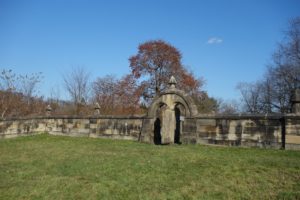
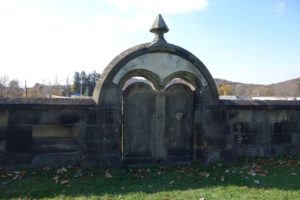
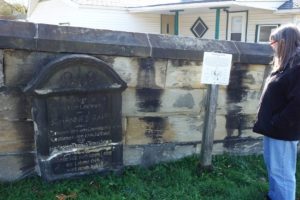
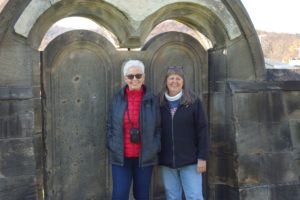
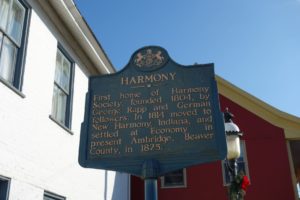
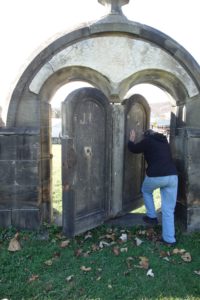
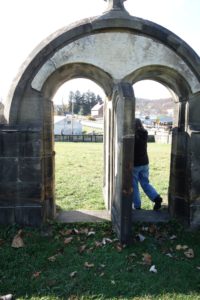

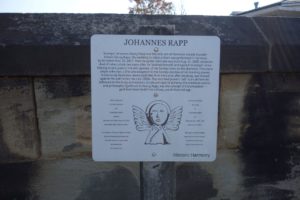
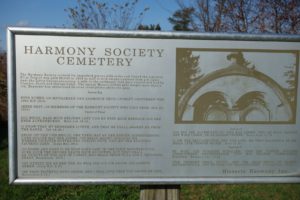
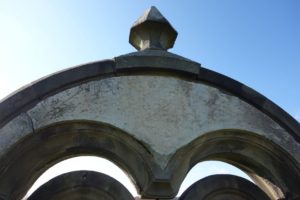

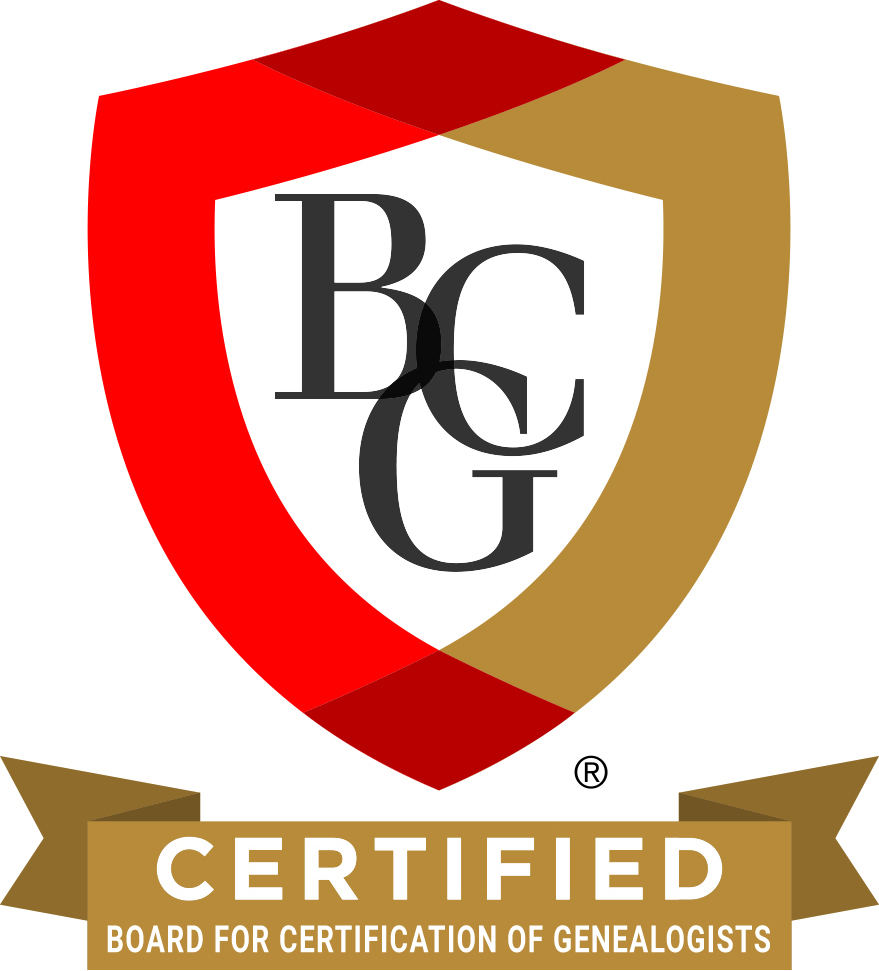
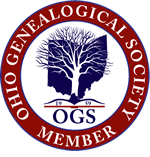

You are welcome!
You're welcome, Karen. I'm still working on this also. Thank you so much for all of your wonderful Mercer County…
Very interesting and great picture (I had neersee before) of the church! Thanks for sharing this, Karen.
Ha! I see why you say that. Your original surname was probably something similar to Schmitt.
Thank you for letting me know.